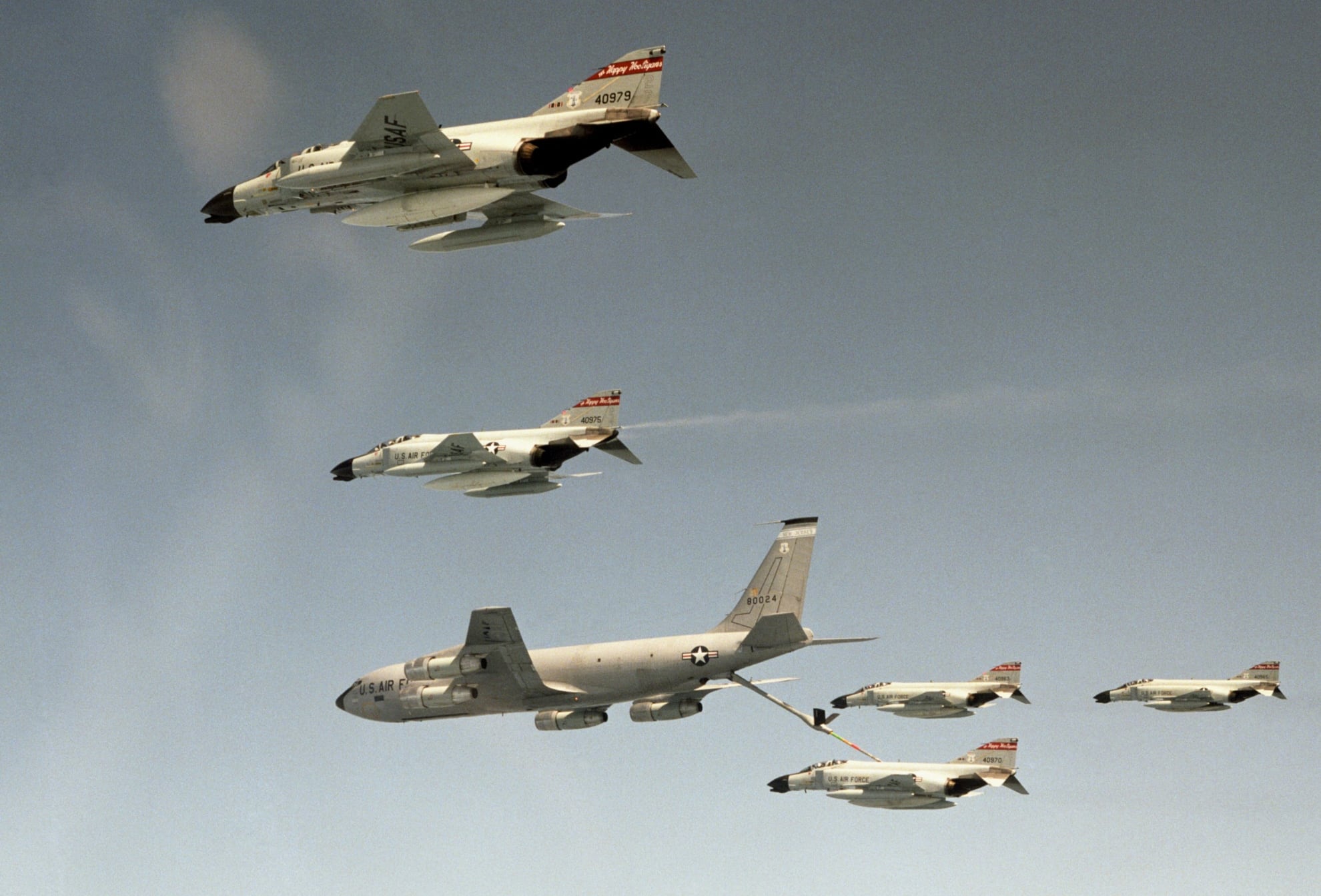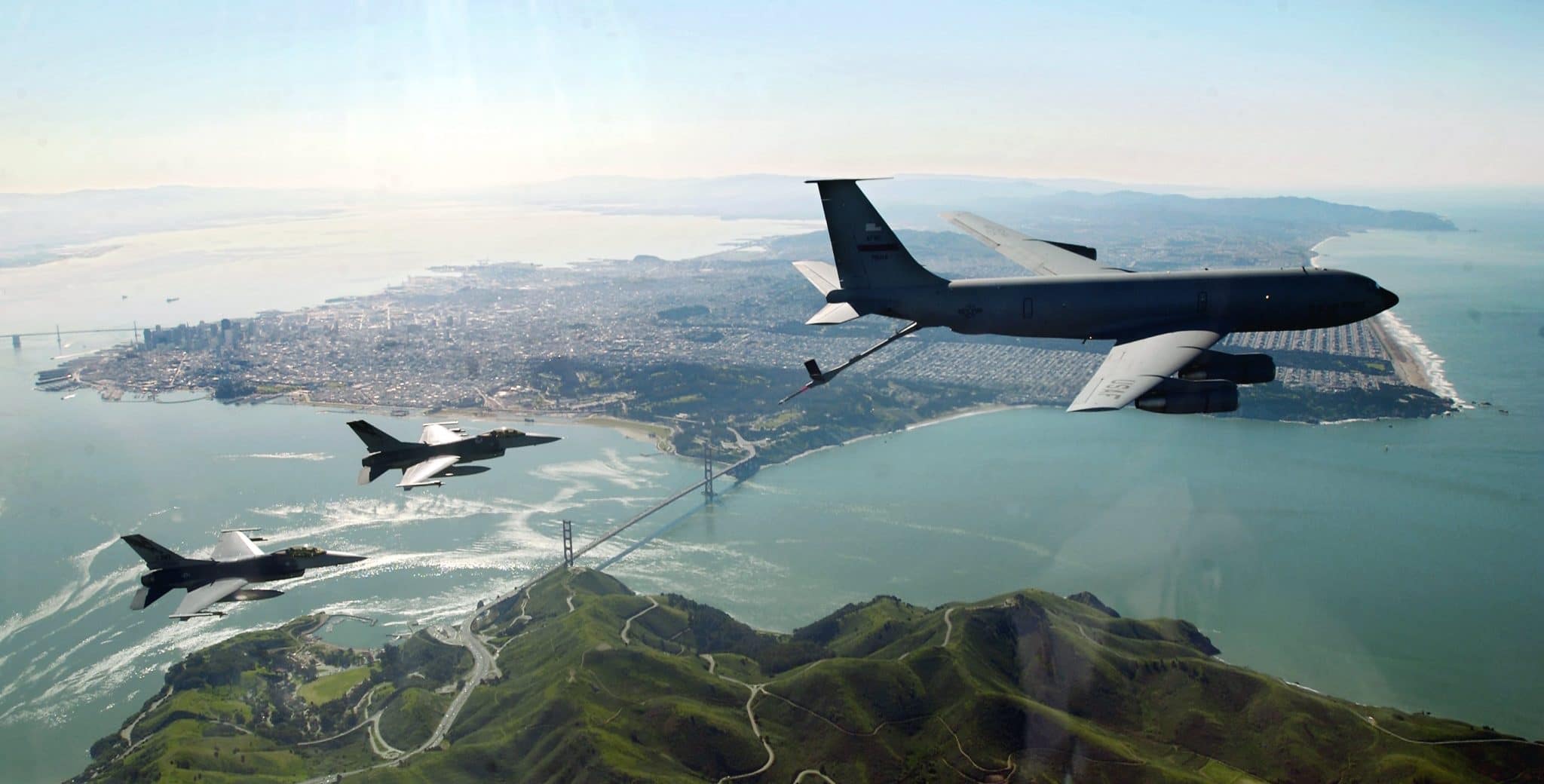The Boeing KC-135 Stratotanker first entered service with the United States Air Force (USAF) in 1957. Boeing built just a couple more than 800 of these aircraft. They have been adapted to perform scores of missions in addition to airlifting and aerial refueling. Developed from Boeing’s 367-80 prototype along with the hugely successful 707 series of commercial airliners, the KC-135 has flown millions of miles and thousands of refueling sorties all over the world. The aircraft, in updated and improved form, is still operated by the USAF and has been operated by several foreign countries as well. This film, titled “The Indispensables”, and uploaded by AIRBOYD explains how the Strategic Air Command (SAC) utilized their KC-135s when the film was produced during the 1960s.
[youtube id=”0_H5f16rM8U” width=”800″ height=”454″ position=”left”]

Some of the very first KC-135s served as test aircraft designated NKC-135A. Some of these aircraft were equipped with refueling booms and some were not. Early on the Air Force also used KC-135s as platforms for airborne command posts designated KC-135Bs. Later they became EC-135Cs. The KC-135Q stratotanker was specially equipped to refuel the Lockheed SR-71 Blackbirds. These Q models were later redesignated KC-135T.

A single EC-135Y served as a VIP transport. The first Stratotankers designated KC-135Rs were four KC-135As converted for reconnaissance and evaluation of above-ground nuclear tests and later retired. The majority of KC-135s still serving today are the current KC-135R and KC-135R(RT) variants equipped with CFM-56 engines, and in the case of the KC-135R(RT) capable of receiving fuel while airborne. Some of the lessons learned through the 60 years of KC-135 operations came at a high cost.

